Fomitopsis betulina
Scientific name: Fomitopsis betulina (Bull.) B.K. Cui, M.L.
Han & Y.C. Dai
Derivation of name: Fomitopsis means having the
appearance of Fomes; betulina means "inhabiting birch
(Betula) trees."
Synonymy: Piptoporus betulinus (Bull.) P. Karst.,
Polyporus betulinus Bull.: Fr.
Common names: Birch polypore.
Phylum: Basidiomycota
Order: Polyporales
Family: Fomitopsidaceae
Occurrence on wood substrate: Parasitic and saprobic;
solitary or grouped on living or dead birch (Betula spp.) trees,
also on stumps and logs; year-round.
Dimensions: Caps 2.5-25 cm wide and 1-7.5 cm thick;
stipes (if present) are lateral, thick and up to 6 cm long.
Upper surface: Whitish to pale gray-brown with darker
brown streaks; smooth and glabrous when young; margin
rounded and inrolled.
Pore surface: White at first, yellowish-brown in age;
depressed from the margin; pores 3-4 per mm..
Edibility: Apparently edible when young and tender and not
too bitter.
Comments: At the
following website read about Oetzi, the
5000 year old "Ice man." He had among his possessions
pieces
of this
fungus
which might have been used for
medicinal
purposes.
More information at MushroomExpert.com:
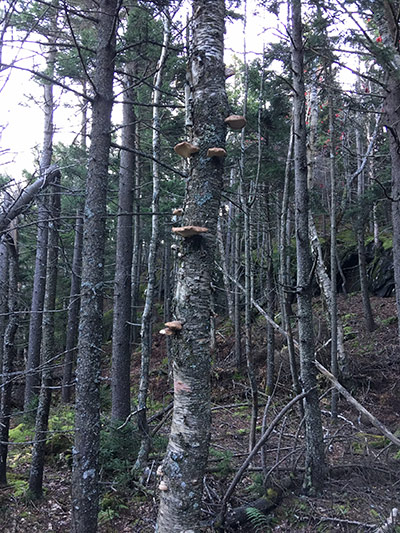
Figure 1. Fruitbodies of Fomitopsis betulina growing from
a
birch tree in New Hampshire. Photo © Michael Emberger.
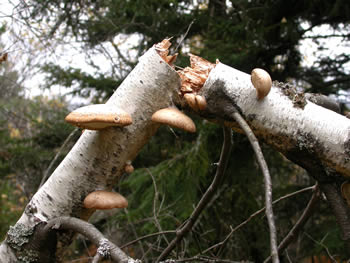
Figure 2. Sooner or later, standing trees parasitized or
decomposed by the birch polypore start to fall apart.
Photo © Gary Emberger.
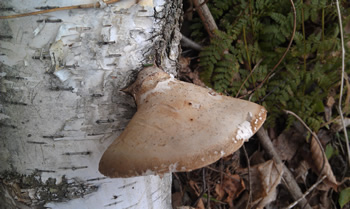
Figure 3. This specimen of birch polypore appears to be
growing on a
standing tree but the true orientation is
revealed in the view from the underside
in Figure 4.
Photo © Larry Mylin.
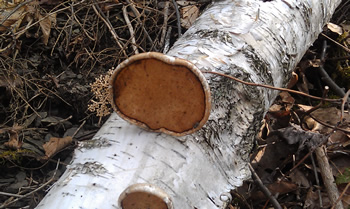
Figure 4. Polypores that formed while the tree was
standing are no longer effectively oriented for spore
dispersal if the tree falls. If new fruit bodies form on the
fallen tree, they will be oriented optimally ( see Figure 5)
unless
the log is disturbed further. Photo © Larry Mylin.
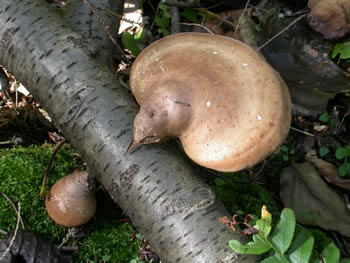
Figure 5. Lateral stipe, smooth and hairless cap of the birch
polypore. As evidenced by the horizontal orientation of the
fruit bodies, these specimens apparently developed after the
tree fell to the ground. Photo © Gary Emberger.
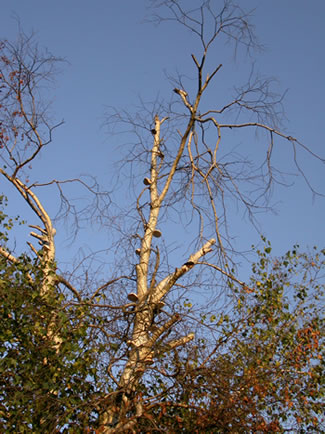
Figure 6. The owner of this dying birch tree is certainly not
appreciative of the change effected in his landscape by
Fomitopsis betulina. Fruit bodies of the fungus are
visible as dark structures on the dead portions of the tree.
The tree was removed the year after this picture was
taken.
Photo © Gary Emberger.
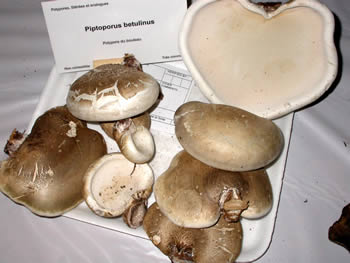
Figure 7.
A collection of Fomitopsis betulina found
during the
2003 North American Mycological Association
meetings at Campus Notre Dame de Foy, Saint-Augustin
de DesMaures, Canada in 2003. The species is reported
to reach its best
development in cooler climates. Photo ©
Gary Emberger.
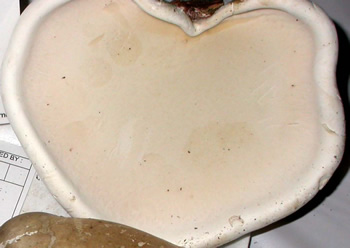
Figure
8. Young specimens such as this one may appear
to lack pores. It's not that the pores are too small to see
but rather that the pore layer has not yet formed.
Photo ©
Gary Emberger.
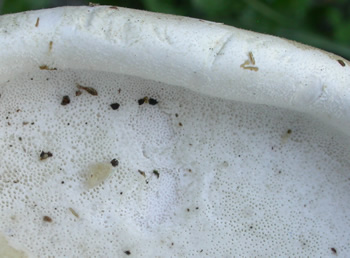
Figure 9. The thick, rounded and inrolled margin of the
birch polypore is distinctive. It projects downward beyond
the level of the pore surface resulting in the pore surface
appearing sunken
or
depressed. Photo © Gary Emberger.
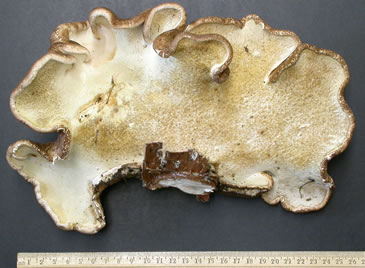
Figure 10. This particularly large specimen is about 25 cm
wide.
Its single point of attachment to the substrate is visible
right
above cm markings 10-15. Photo © Gary Emberger.
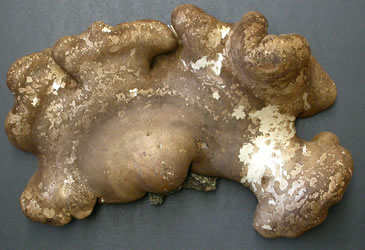
Figure 11. The top surface of the specimen shown in Figure
10. Photo © Gary Emberger.